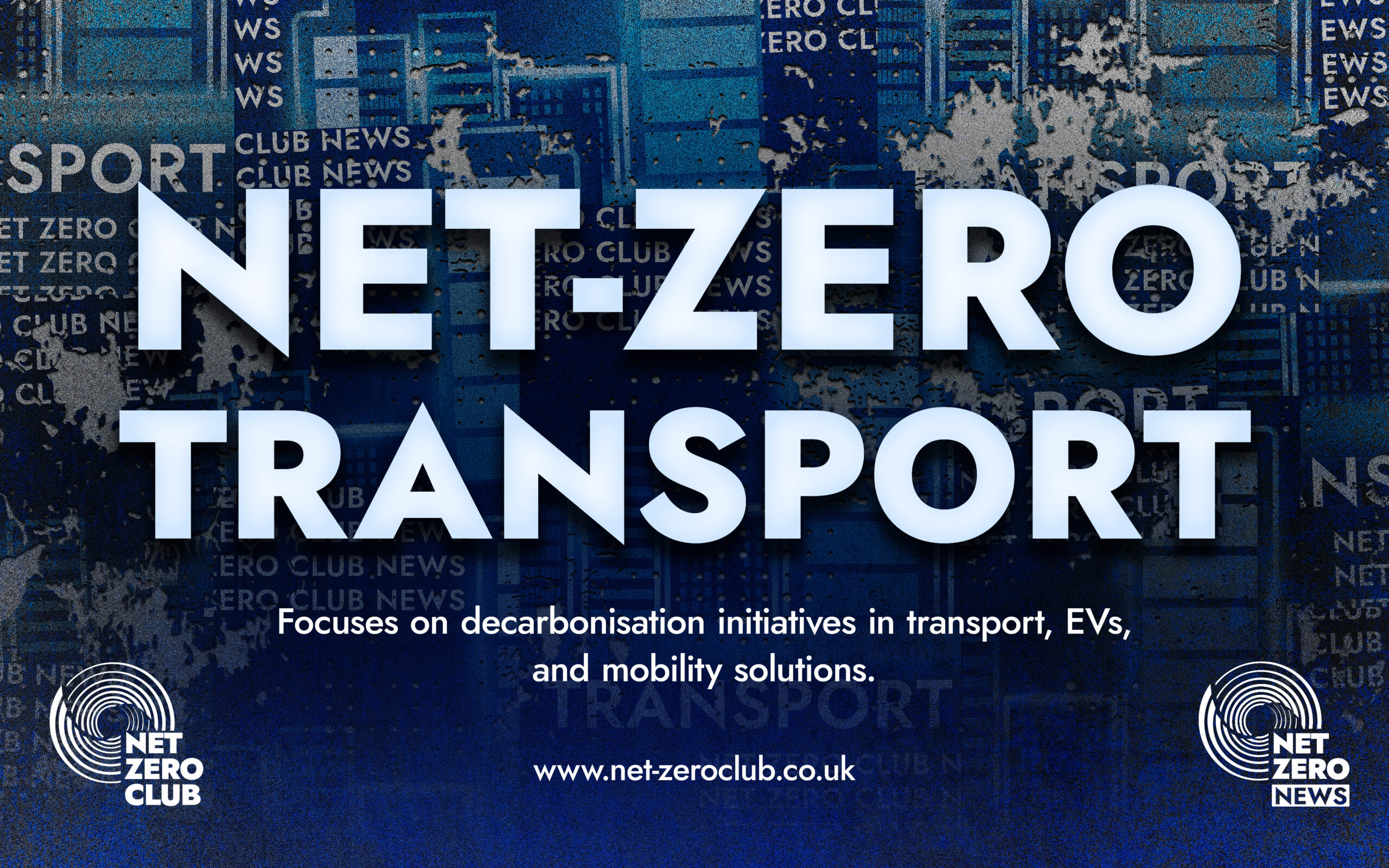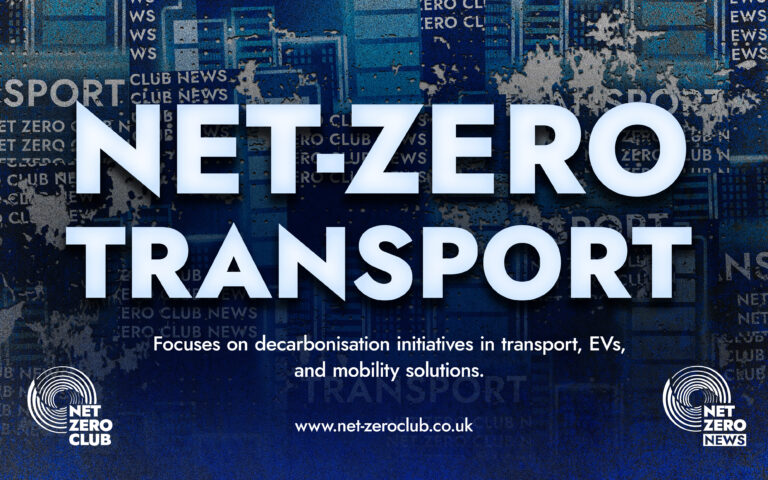Stellantis Unveils Lighter, Fast-Charging EV Battery Technology

Hello, Champions of Net Zero!
In an exciting development for the electric vehicle (EV) landscape, Stellantis has embarked on real-world testing of their groundbreaking battery technology, promising significant advancements for future EVs by the close of this decade. This innovation, known as the Intelligent Battery Integrated System (IBIS), is the result of a collaboration between Stellantis and Saft, a subsidiary of the global energy firm TotalEnergies.
The unveiling of a working prototype on the Peugeot E-3008 marks a pivotal moment in the evolution of electric powertrains. The IBIS technology rethinks traditional battery architecture by eliminating the need for separate chargers and inverters. By integrating control modules directly into the battery pack, regardless of the battery chemistry or application, this innovative design supports both alternating current (AC) and direct current (DC). This means that energy can be supplied directly to the motor or the grid, while also providing power to the vehicle’s 12V network and auxiliary systems.
Stellantis claims that the IBIS system could deliver substantial benefits. For starters, it promises a remarkable 10% improvement in energy efficiency based on the Worldwide Harmonised Light Vehicle Test Procedure (WLTP) cycle, alongside a 15% boost in power output—from 204 horsepower to an impressive 234 horsepower—while using the same battery size. These enhancements could significantly improve the performance of electric vehicles, making them more appealing to consumers.
In addition to performance gains, the IBIS technology offers noteworthy weight and space savings. The new system could reduce vehicle weight by approximately 40 kilograms and free up to 17 litres of volume within the vehicle. These reductions not only enhance aerodynamics but also provide manufacturers with greater design flexibility, enabling the creation of sleeker and more efficient EVs.
Charging times may also see a reduction, with early results indicating a 15% decrease in charging duration—cutting down the time from seven hours to just six hours when using a 7 kW AC charger. Moreover, the integration of the IBIS technology is expected to yield energy savings of around 10%, further enhancing the overall efficiency of the charging process.
One of the most compelling aspects of the IBIS system is its potential to simplify maintenance. By streamlining the architecture of the electric powertrain, the new design facilitates easier servicing and enhances the potential for reusing second-life batteries in both automotive and stationary applications. This innovation could significantly reduce the need for extensive reconditioning, making it a more sustainable choice for the future.
As real-world road testing commences, both Stellantis and Saft view this milestone as a significant leap forward in advancing electrification—not only for mobile applications but also for stationary energy solutions. Ned Curic, Stellantis’ Chief Engineering and Technology Officer, expressed enthusiasm about the potential of IBIS technology, stating: “By rethinking and simplifying the electric powertrain architecture, we are making it lighter, more efficient, and more cost-effective. These are the kinds of innovations that help us deliver better, more affordable EVs to our customers.”
Hervé Amossé, Executive Vice President of Energy Storage Systems at Saft, echoed this sentiment, highlighting the project as a testament to the company’s commitment to innovation. He remarked: “The IBIS project is a powerful testament to Saft’s innovation leadership. By embedding IBIS technology into our next-generation applications, we’re unlocking a new era of intelligent, flexible, and sustainable energy solutions. Saft continues to lead the way in advanced research, offering long-term, cost-effective solutions tailored to evolving market needs.”
The prototype’s debut follows years of meticulous design, modelling, and simulation efforts by Stellantis and Saft, with invaluable support from E2-CAD, Sherpa Engineering, and leading French research institutions. As the focus shifts towards real-world testing under representative driving conditions, there is optimism that IBIS technology will be integrated into Stellantis production vehicles by the end of this decade.
Beyond the automotive sector, the applications of the IBIS architecture could extend to various industries, including rail, aerospace, marine, and data centres. This versatility highlights the potential for IBIS technology to revolutionise energy storage and management across multiple domains, making it a significant player in the push towards a more sustainable future.
As we look ahead, the advancements brought forth by Stellantis and Saft serve as a reminder of the innovative spirit driving the electric vehicle industry. With the integration of smarter, more efficient battery systems, we can expect a brighter and greener future for transportation and energy management in the years to come.
Stay tuned as we continue to monitor the progress of this exciting initiative and its implications for the electric vehicle market and beyond. Together, we can champion the transition to a net-zero future!

 Got net-zero news, project updates, or product launches to share?
Got net-zero news, project updates, or product launches to share? 


